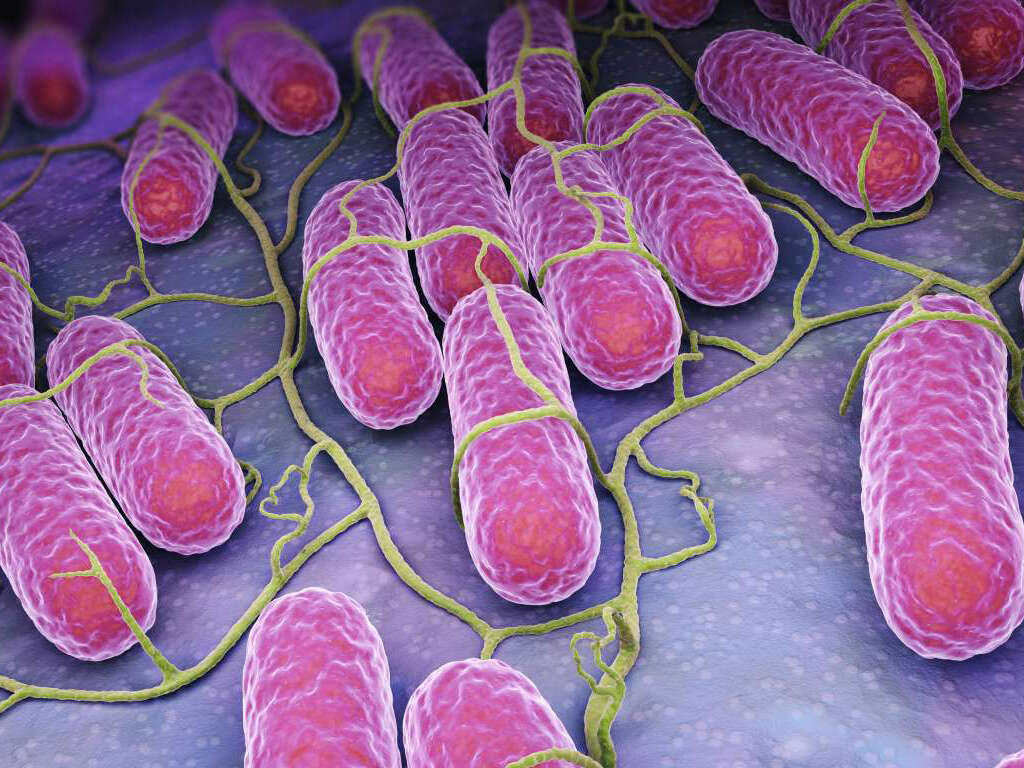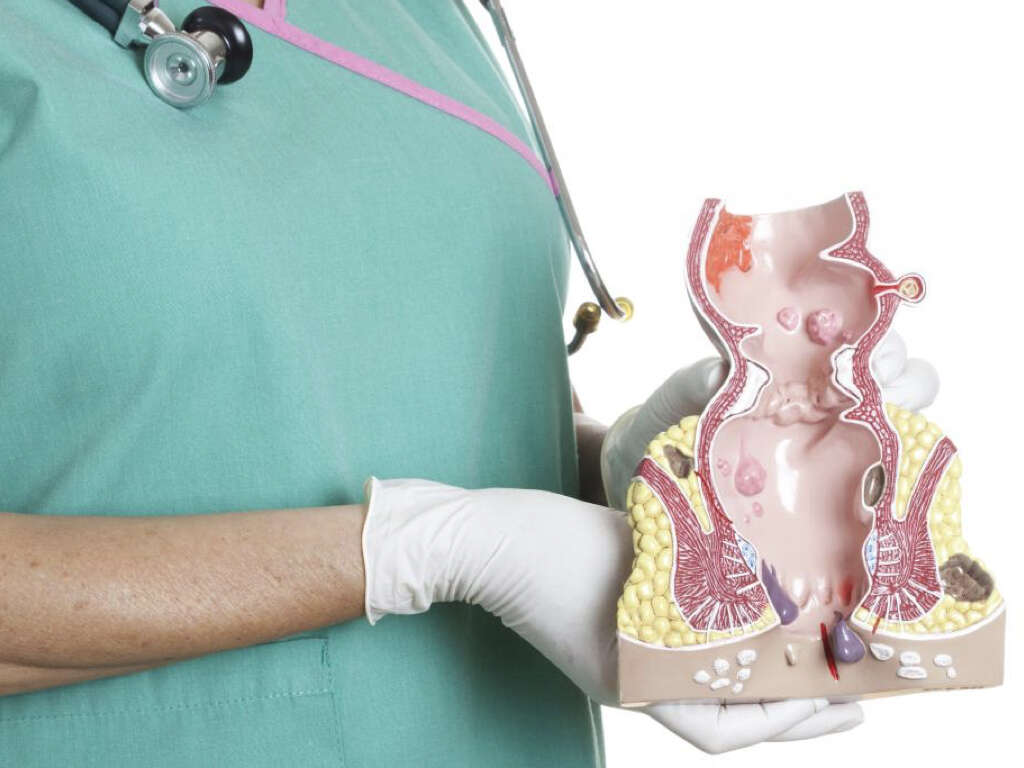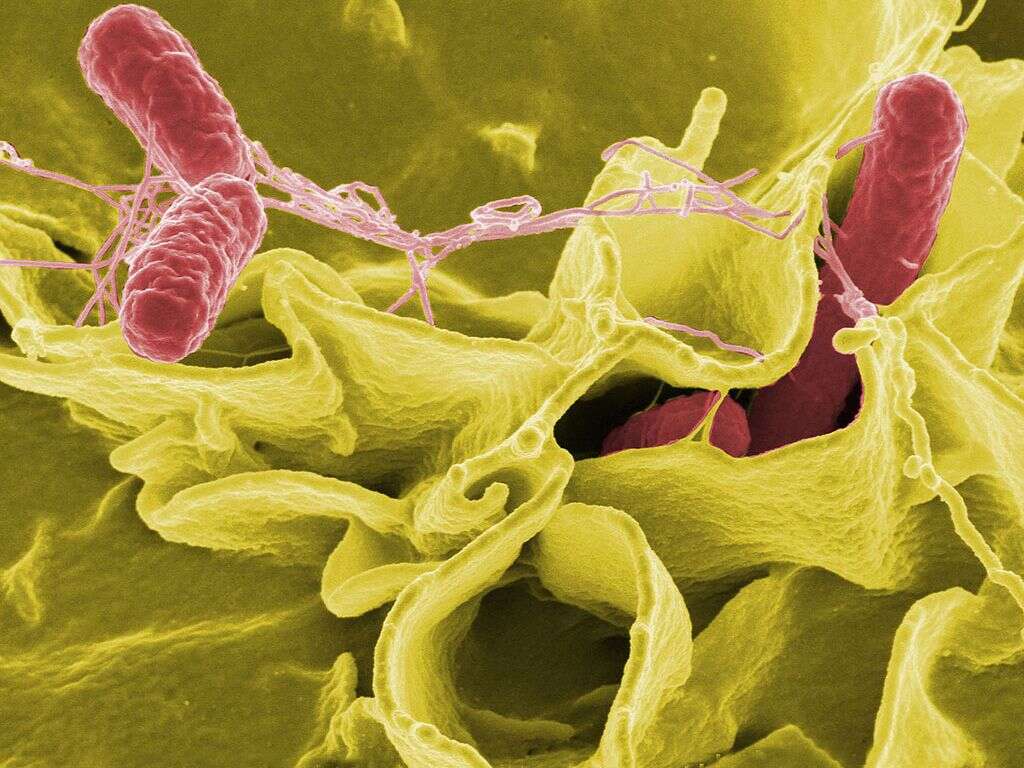10 Norovirus Symptoms
Norovirus is also known as the winter vomiting bug. It is the commonest cause of gastroenteritis, which is the inflammation of the gastrointestinal tract and includes symptoms such as diarrhea, vomiting, abdominal pain, fever, and dehydration. The virus is usually transmitted via the fecal-oral route, when pathogens in fecal particles from one individual are passed on to the mouth of another individual. Transmission can occur through the consumption of contaminated food or water, contact with an infected person, or contact with contaminated surfaces. Norovirus can also be transmitted through the air. One major risk factor is poor hygiene during food preparation.
It is a common disease found in both developing and developed countries. Young children under five years of age are most frequently affected. The disease is also more prevalent during winter. It usually resolves on its own and death cases are very rare.
The diagnosis of norovirus infections is based on the symptoms. For public health purposes, confirmatory testing may be performed. Some preventative steps that can be taken are handwashing, disinfecting contaminated surfaces, and promoting the use of alcohol-based hand sanitizers. There is no vaccine or specific treatment for norovirus infection. Treatment and management of the disease include supportive care, such as oral rehydration solutions, intravenous fluids, and medications to negate the symptoms.

Symptom #1: Nausea and Vomiting
Nausea is a sensation of unease and discomfort that often includes an urge to vomit. Nausea can precede vomiting, but vomiting does not always occur. Vomiting is the forceful expulsion of stomach contents through the mouth and, in some cases, the nose. It is also known as emesis, barfing, puking, or throwing up.
Both nausea and vomiting are nonspecific symptoms that can occur in many illnesses, such as food poisoning and viral infections. They are usually accompanied by other symptoms, such as fever, loss of appetite, and weight loss.

Symptom #2: Diarrhea
Diarrhea is a condition where a patient has three or more episodes of loose stools per day. It is a nonspecific symptom that can be caused by many conditions, such as viral infections, bacterial infections, and parasites. Diarrhea usually lasts several days and can lead to dehydration if there is a severe loss of fluid.
Diarrhea associated with this condition is usually self-limited and lasts 24 to 72 hours. It is watery diarrhea with no blood on the stools and it normally appears as one of the first symptoms 24 hours after exposure.
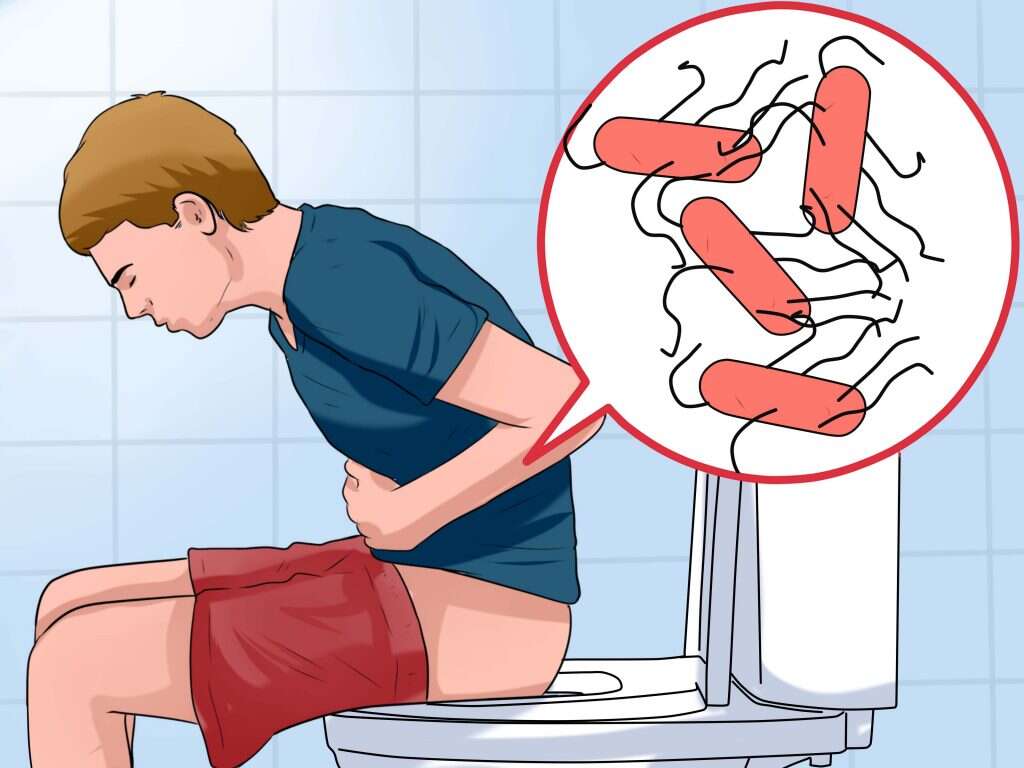
Symptom #3: Abdominal Pain
Abdominal pain is pain or discomfort felt in the abdomen. It is a nonspecific symptom associated with conditions such as indigestion, muscle strain, digestive issues, viral infections, and bacterial infections. Pain in the abdomen can originate from the organs (such as the stomach, kidneys, liver, pancreas, gallbladder, and spleen), muscles, or connective tissues.
Abdominal cramps are very common among patients suffering from a Norovirus infection, it usually goes away a couple of days after the exposure.

Symptom #4: Irritability and Drowsiness
In norovirus infections, diarrhea, decreased fluid intake, and vomiting can lead to dehydration. Dehydration most commonly affects the young and the elderly. Irritability and drowsiness is a common feature of dehydration in children. Other signs and symptoms include crying without tears, fussiness, dry or sticky mouth, and decreased urine output.
Oral rehydration therapy is recommended for children with diarrhea. It has proven to be as effective as intravenous fluid in rehydrating children with mild to moderate dehydration. However, hospital admission may be required for children who cannot tolerate oral rehydration.

Symptom #5: Lethargy and Weakness
Lethargy is a feeling of tiredness, lack of energy, and fatigue. It is a symptom of certain illnesses, such as viral infections and diarrhea, and it is occasionally accompanied by decreased motivation, apathy, and depression.
Some causes of lethargy include overexertion, lack of sleep, inadequate exercise, improper nutrition, and boredom. It can also be a side effect of medications (or an interaction between medications), increased stress, and alcohol consumption.

Symptom #6: Muscle Aches
Muscle aches, or myalgia, is a symptom of many diseases, such as viral infections, metabolic myopathy, nutritional deficiency, autoimmune disorders, and chronic fatigue syndrome.
The commonest cause of myalgia is the overstretching and overuse of the muscles. In an infection, it can be accompanied by symptoms such as fever, joint pain, and chills.
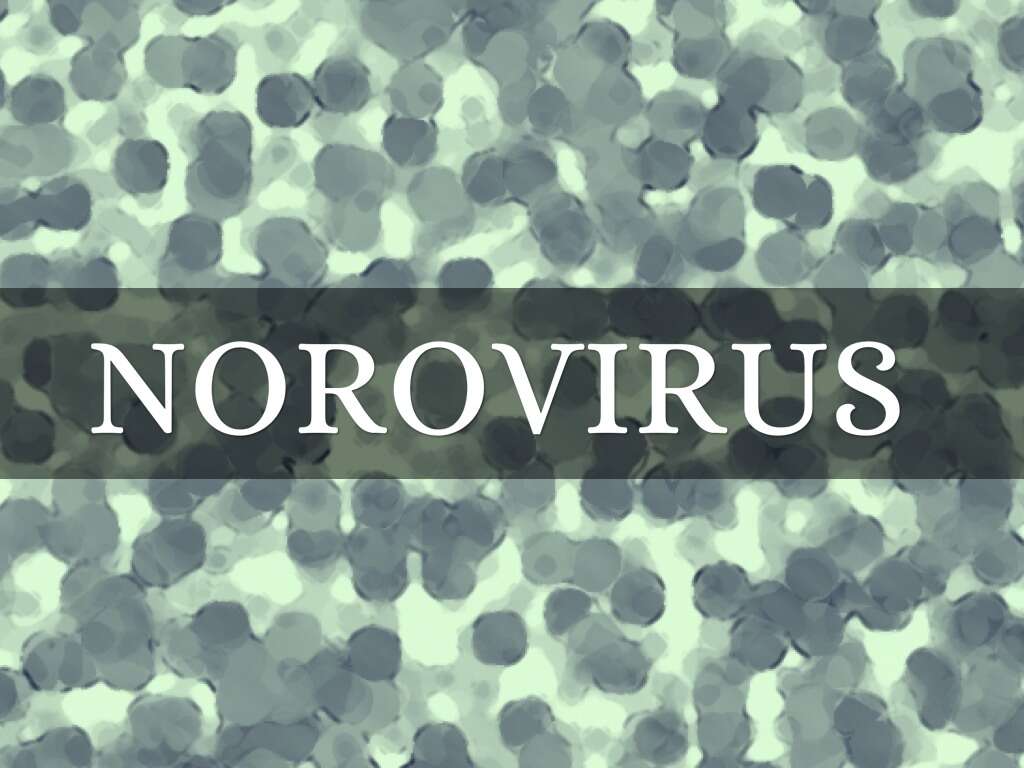
Symptom #7: Headaches
A headache is pain that is felt anywhere in the neck or head. It is a nonspecific symptom that can be caused by loud noises, head injury, common colds, dental issues, viral infections, side effects of medications, or sinus issues. There are many types of headaches, such as cluster headaches, migraines, and tension headaches.
Headaches are a common symptom associated with most viral infections and Norovirus is no exemption. The pain is usually non-localized and mild to moderate.

Symptom #8: Fever
Fever occurs in many conditions, such as viral, parasitic, and bacterial infections. It is the body’s natural way of helping the immune system fight an infection. In a fever, the set point of body temperature increases. The body will also try to conserve heat. Chills (a feeling of coldness) often accompany a fever. The repeated muscle contractions caused by shivering help increase body temperature.
The fever associated with a Norovirus infection is usually low-grade (around 38.9° C). It usually starts abruptly and lasts for 24 to 72 hours.
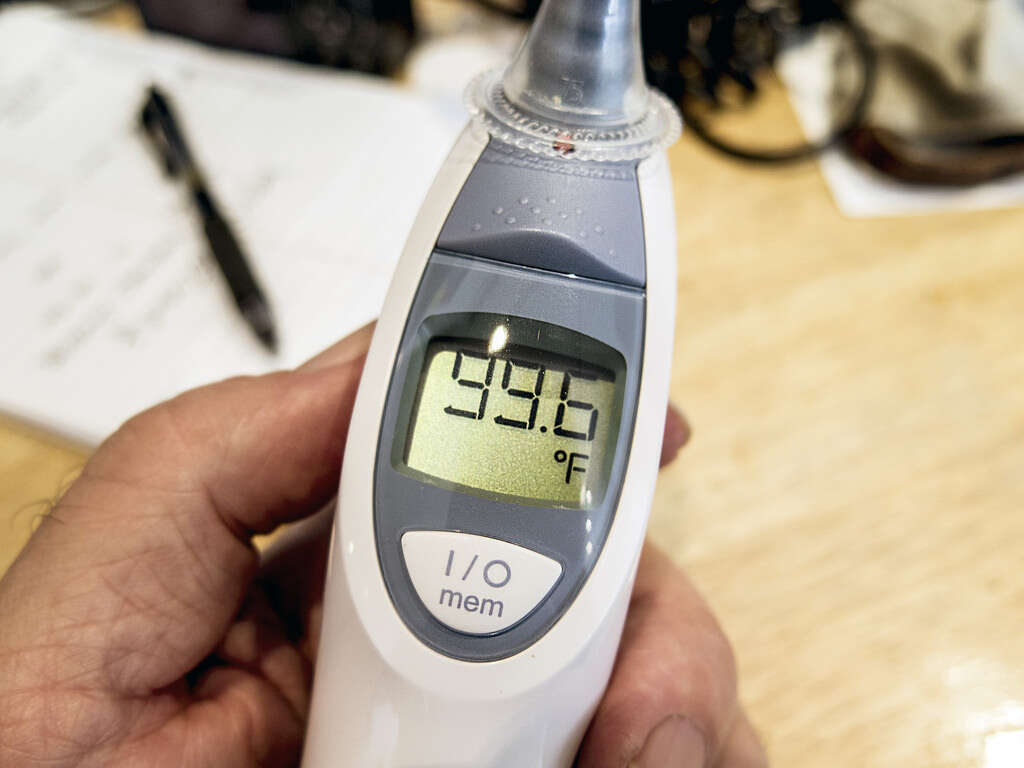
Symptom #9: Dizziness
Dizziness is impairment of someone’s stability and spatial perception. The term is often used loosely and can refer to disequilibrium, vertigo, or presyncope. It is a nonspecific symptom that can occur because of cardiovascular issues, disorders of the inner ear, side effects of medication, motion sickness, multiple sclerosis, pregnancy, panic disorder, anxiety, depression, or inadequate blood supply to the brain.
In norovirus infections, the patient can experience dehydration from diarrhea, vomiting, and decreased oral intake of fluids, which can lead to low blood pressure that can then cause dizziness.

Symptom #10: Fast Heartbeat
Tachycardia is the medical term for a fast heartbeat. It is a common but non-specific sign related to Norovirus infections.
It is usually most noticeable during the fever episodes and it can be an early sign of volume depletion that should be addressed by a medical professional as soon as possible.





